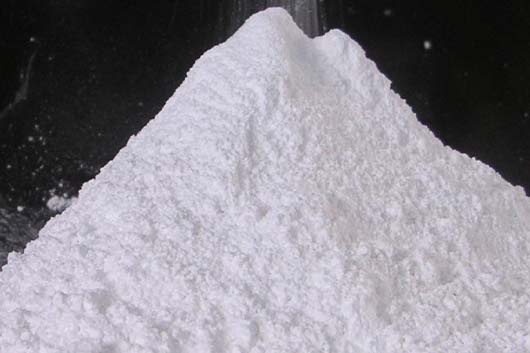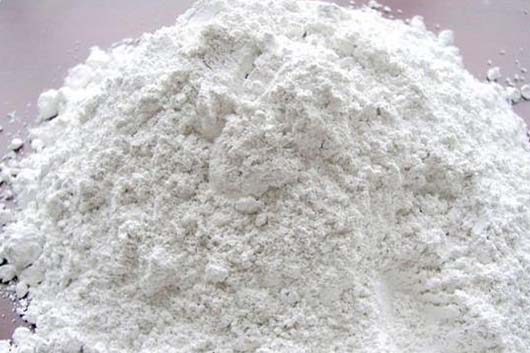- Discover The Magic Within Shining Minerals
- +91-9414167212
- anenterprises@gmail.com

Can Steatite Powder be used in 3D printing?
December 29, 2023
Can Kaolin be used in agriculture?
December 29, 2023Steatite powder, also known as talc or soapstone powder, possesses unique properties that make it an ideal candidate for blending with other materials. In this blog post, as a trusted supplier and steatite powder manufacturers we want to explore the versatility of this mineral and the numerous benefits it brings when mixed with various substances.
Understanding Steatite Powder
Steatite powder is a naturally occurring soft mineral composed primarily of magnesium, silicon, and oxygen. Its exceptional properties, such as low electrical conductivity, chemical inertness, and high thermal stability, make it a valuable addition in blending applications. The powder’s fine particle size allows for seamless integration with different materials, making it an attractive choice for various industries.
Enhancing Mechanical Strength in Ceramics
One of the prominent applications of steatite powder is in the ceramics industry. When blended with ceramic materials like clay and feldspar, it acts as a fluxing agent during the firing process. This results in lowered firing temperatures and enhanced sintering, leading to substantial energy savings during production. Additionally, the incorporation of this compound significantly improves the mechanical strength and hardness of ceramics, making them suitable for various structural and engineering applications.
Boosting Thermal Properties in Polymers
In the industry of polymers and plastics, steatite powder proves to be a game-changer. When mixed with polymer resins, it imparts improved thermal conductivity and stability to the final product. This thermal enhancement is particularly beneficial in applications where heat dissipation is crucial, such as electronic components and LED lighting fixtures. Moreover, steatite-polymer blends exhibit excellent dimensional stability, reducing the risk of warping or deformation due to temperature fluctuations.
Reinforcing Rubber with Steatite Powder
Rubber products can benefit immensely from the addition of steatite powder. By incorporating it into rubber compounds, the material’s tensile strength, tear resistance, and abrasion resistance can be significantly enhanced. The resulting rubber blend is well-suited for manufacturing conveyor belts, gaskets, and various industrial seals. Additionally, it helps improve the resistance of rubber to chemical and environmental degradation, ensuring the longevity of rubber-based products.
Lubricating and Filling Agent in Industrial Applications
Steatite powder’s lamellar structure provides exceptional lubricating properties, making it an ideal choice as a lubricant additive. In metalworking applications, blending this mineral with cutting oils or greases reduces friction and wear on cutting tools, leading to improved machining efficiency and longer tool life. Furthermore, the powder’s fine particle size allows it to act as an effective filler in composite materials, reducing material costs while enhancing their mechanical properties.
Achieving Softness and Smoothness in Cosmetics
The cosmetic industry widely embraces steatite powder for its silky texture and softness. Blending it with cosmetic products like talcum powder, blushes, and foundations enhances their tactile feel and ensures a smooth application on the skin. Additionally, its ability to absorb moisture and sebum makes it a popular ingredient in dry shampoos and facial powders, keeping the skin and hair feeling fresh.
Conclusion
In conclusion, the versatility of steatite powder is undeniable, and its ability to blend seamlessly with a wide array of materials makes it a valuable asset for various industries. Whether it’s improving the mechanical strength of ceramics, enhancing the thermal properties of polymers, reinforcing rubber, or providing a soft touch in cosmetics, it continues to prove its worth as a multifunctional additive.
A.N. Enterprises pride in delivering a high-quality product that empowers businesses across the globe to achieve superior performance and innovative solutions. Embrace the potential of steatite powder blends and unlock new possibilities in your applications today!



